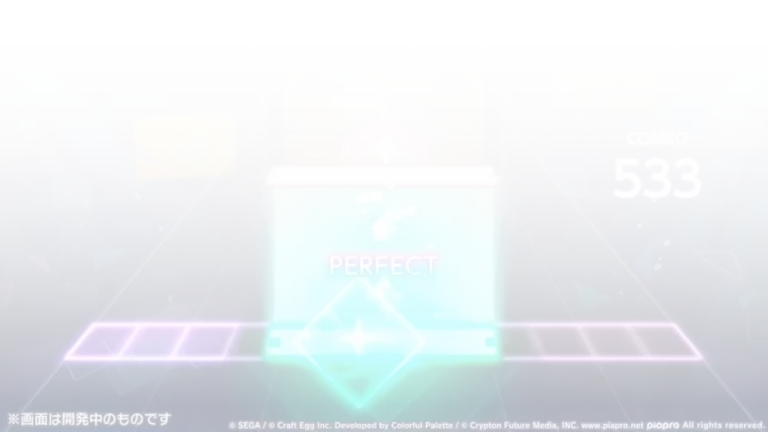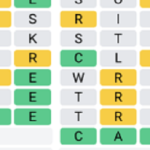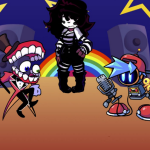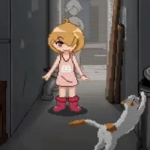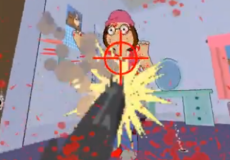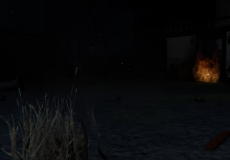
Project Nightcall
Advertisement
Project Nightcall begins with a return to your workplace after hours, summoned by a message that feels too vague to ignore. The streets are quiet, buildings glow behind barred windows, and distant sirens seem stuck in time. What once was familiar now seems altered by neglect and silence. Navigating the alleyways and side roads, you reach checkpoints marked not by signs but by shifts in light and sound. Every closed door or flickering lamp suggests something just finished watching. There’s no guidance, only movement forward. The town offers no explanation, just obstacles that feel placed rather than random.
Advertisement
Similiar games
Project Nightcall begins with a return to your workplace after hours, summoned by a message that feels too vague to ignore. The streets are quiet, buildings glow behind barred windows, and distant sirens seem stuck in time. What once was familiar now seems altered by neglect and silence. Navigating the alleyways and side roads, you reach checkpoints marked not by signs but by shifts in light and sound. Every closed door or flickering lamp suggests something just finished watching. There’s no guidance, only movement forward. The town offers no explanation, just obstacles that feel placed rather than random.
Echoes Behind the Walls
The game introduces light combat, but fighting is not the focus—it’s a tool to interrupt something worse. The spaces you move through are tight and linear, not to restrict, but to press. Office buildings, fences, stairwells, even a train interior—each location gives just enough room to proceed without confidence. Your flashlight does little more than trace outlines. Footsteps sound normal until they don’t. Occasionally, the player may wonder whether they’ve missed something crucial or if that feeling is part of the design. Progress isn’t about solving, but enduring.
A Compact Horror Structure
Project Nightcall was created as a short atmospheric experience, meant to be played in a single session of about ten minutes. It includes elements of horror, including mild gore and audio-based tension, with a straightforward control scheme and no reliance on external assets beyond public-domain textures. The game’s design focuses on isolation and unease, using familiar environments altered just enough to cause discomfort. While there are moments of combat, most of the impact comes from what the player hears and sees rather than what they do. It’s built to leave questions open and moments unfinished.
Discuss Project Nightcall
